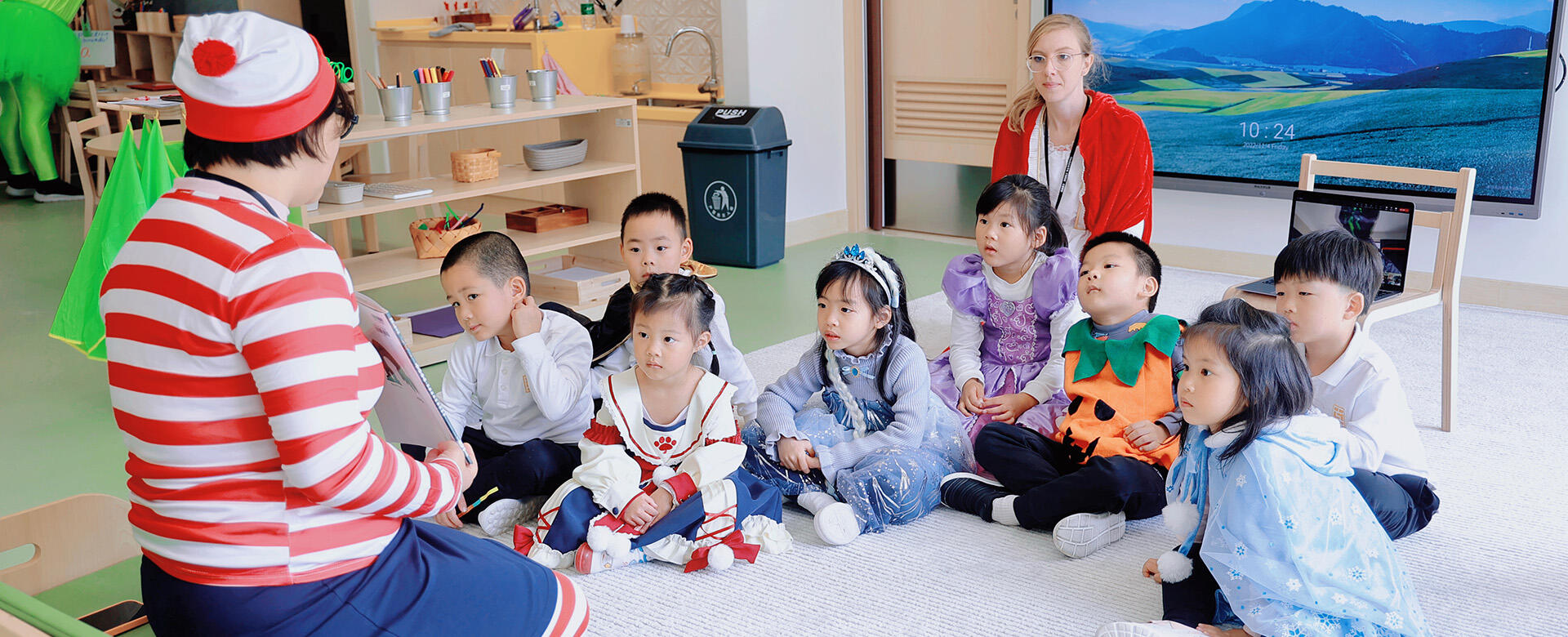
餐厅最近!
The Dining Hall is the closest!
不,攀爬架最近!
No, the climbing frame is the closest!
游泳馆最远!
The swimming pool is the furthest!
还要看一下医务室.......
And look at the Healthcare Centre.....
More questions emerged as the pupils worked through these initial questions, such as:
如何确定测量路线的统一;
How can we make sure the measurements are the same?
测量需确定测量起点与测量终点;
Where should we start and end?
测量工具不够长时,还有哪些工具可以帮助我们比较远近;
What else can we use to help compare distances when the measuring tools are not long enough?
参考文献Reference
Varela, F. J., Thompson, E., & Rosch, E. (1991). The embodied mind: Cognitive science and human experience[M]. Cambridge, MA: The MIT Press. 9.